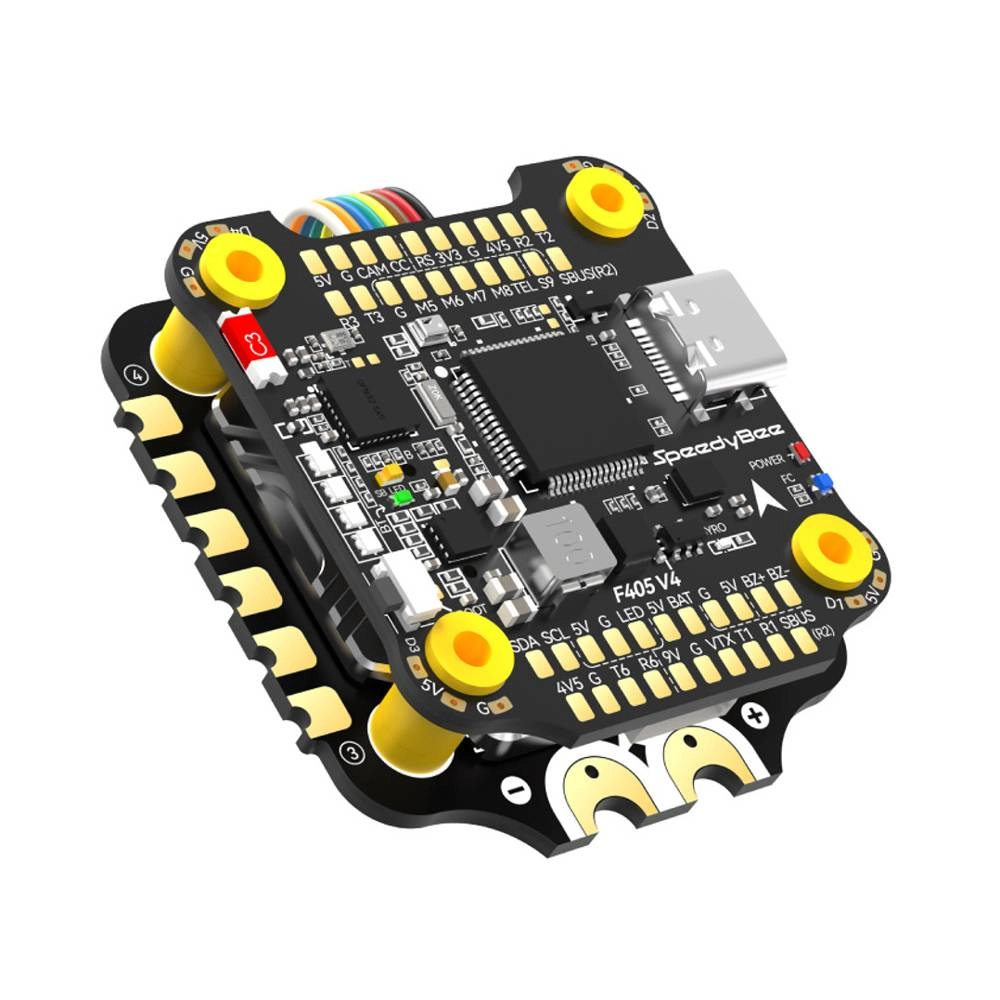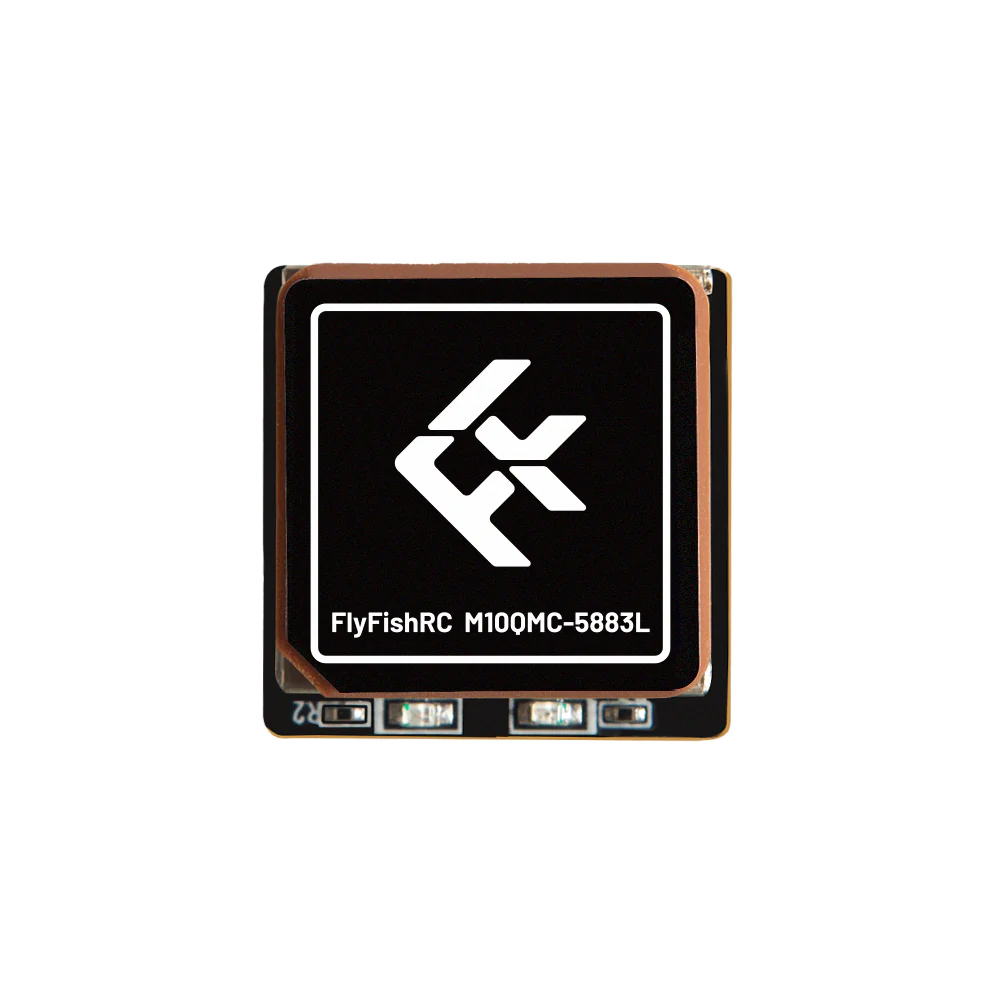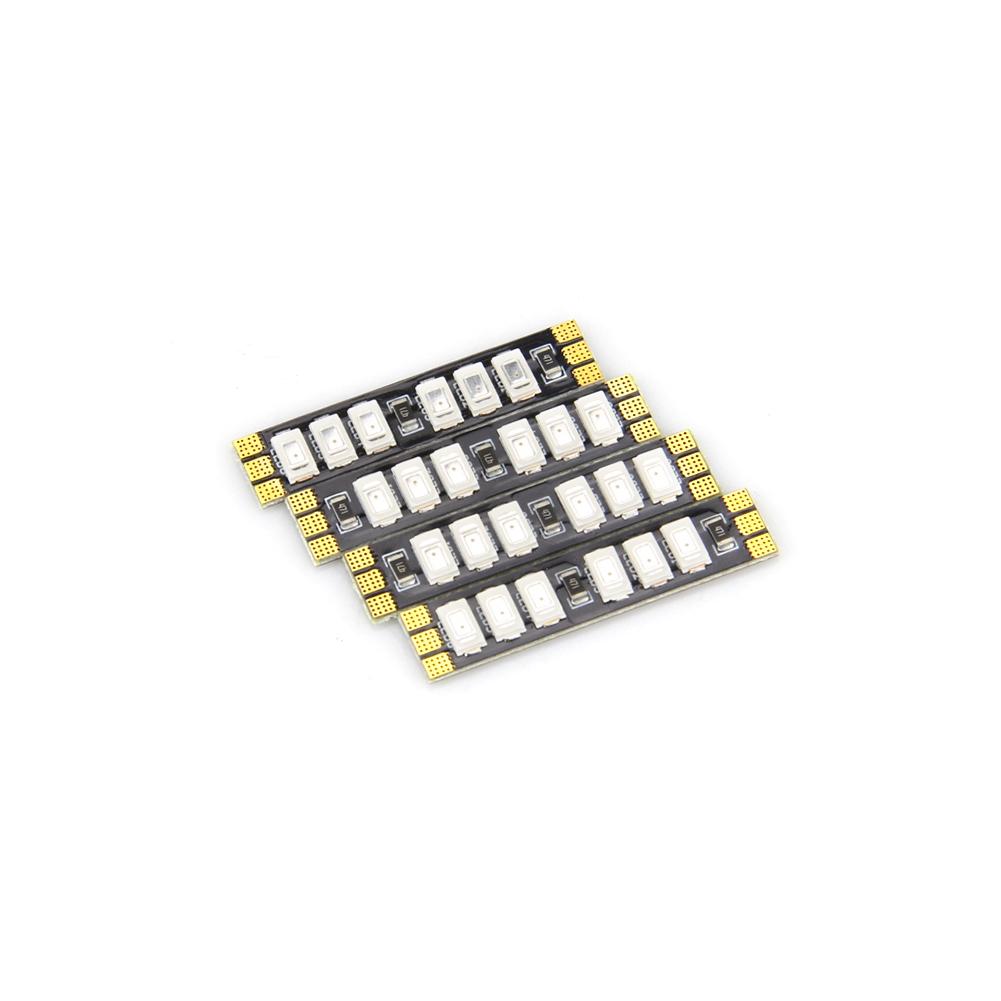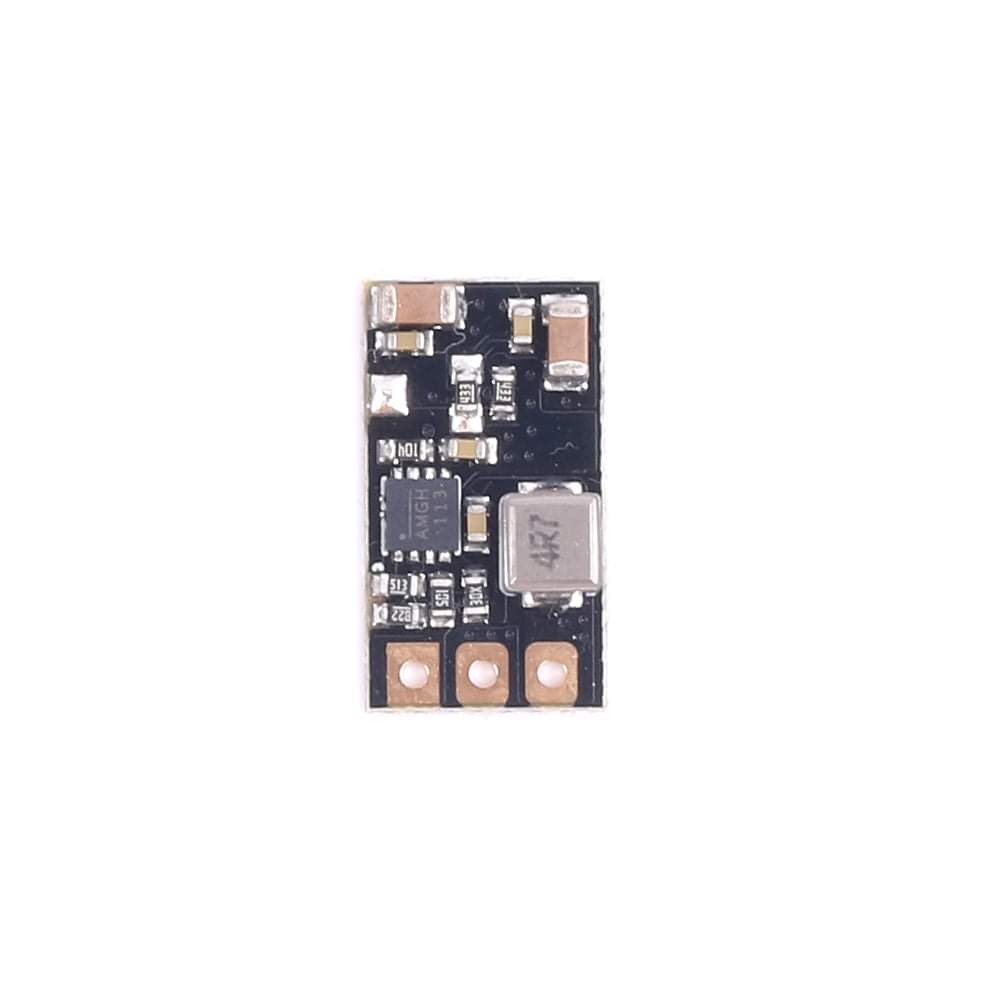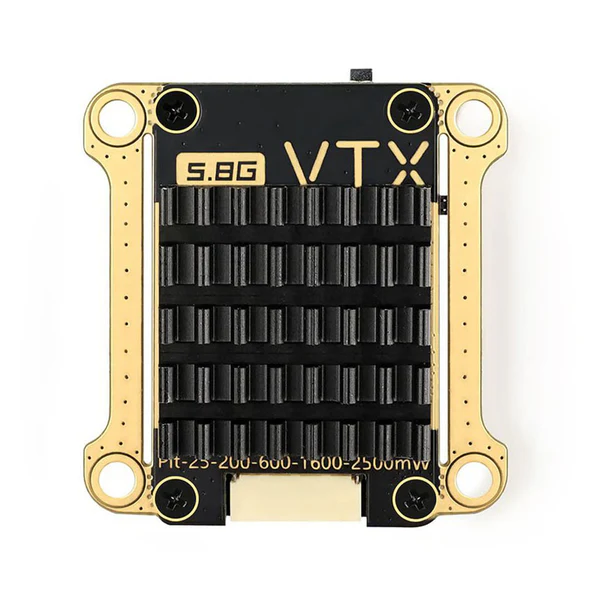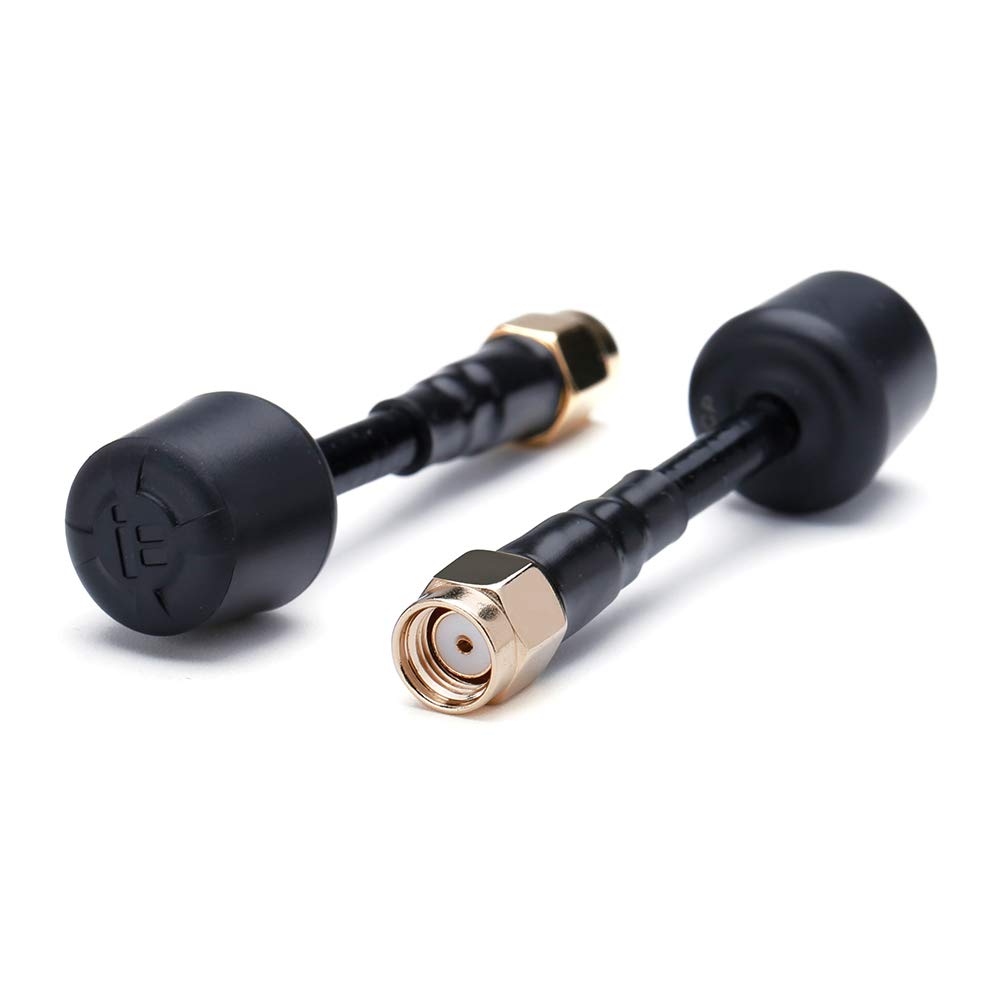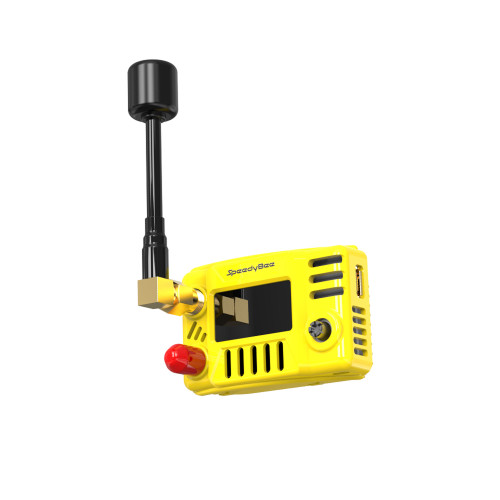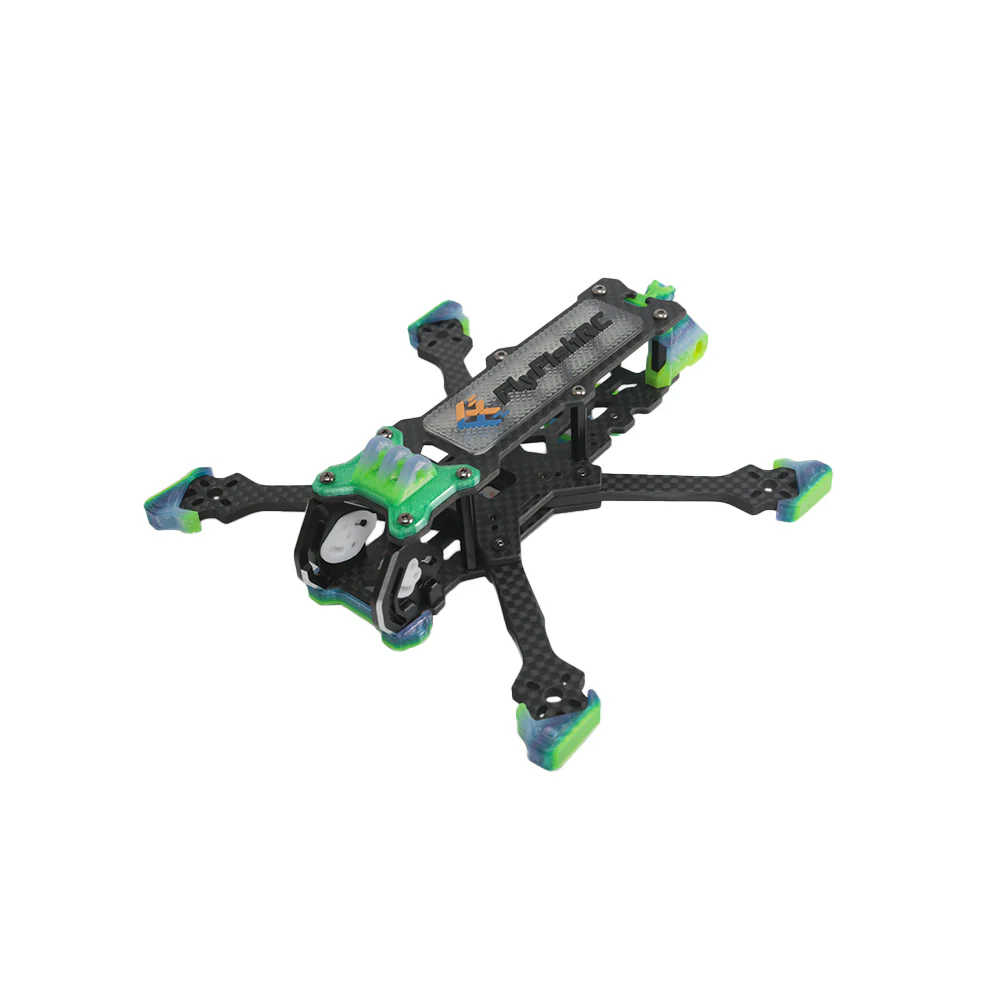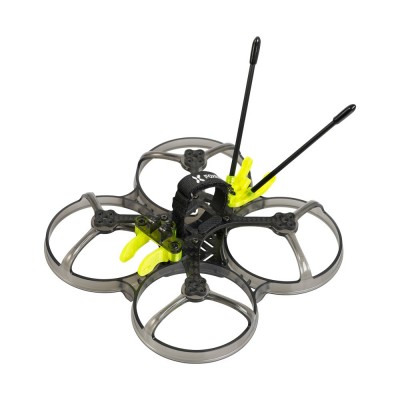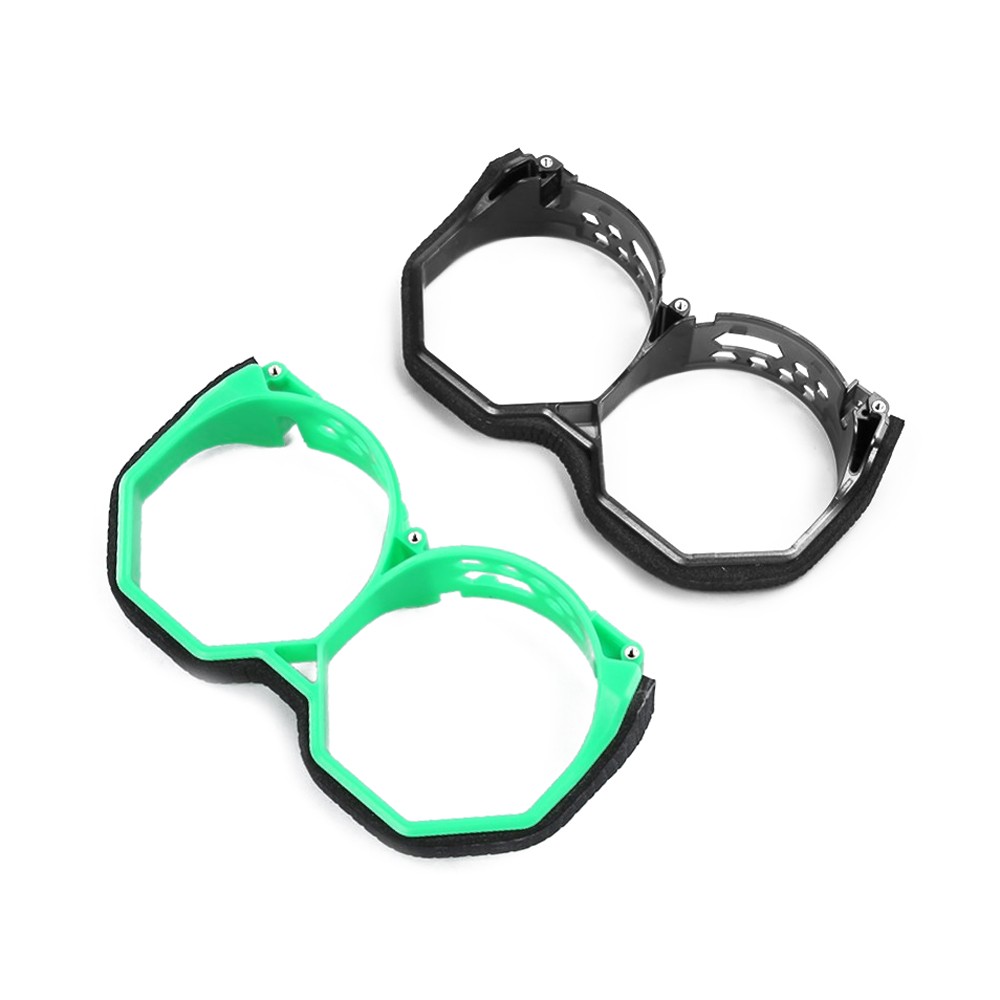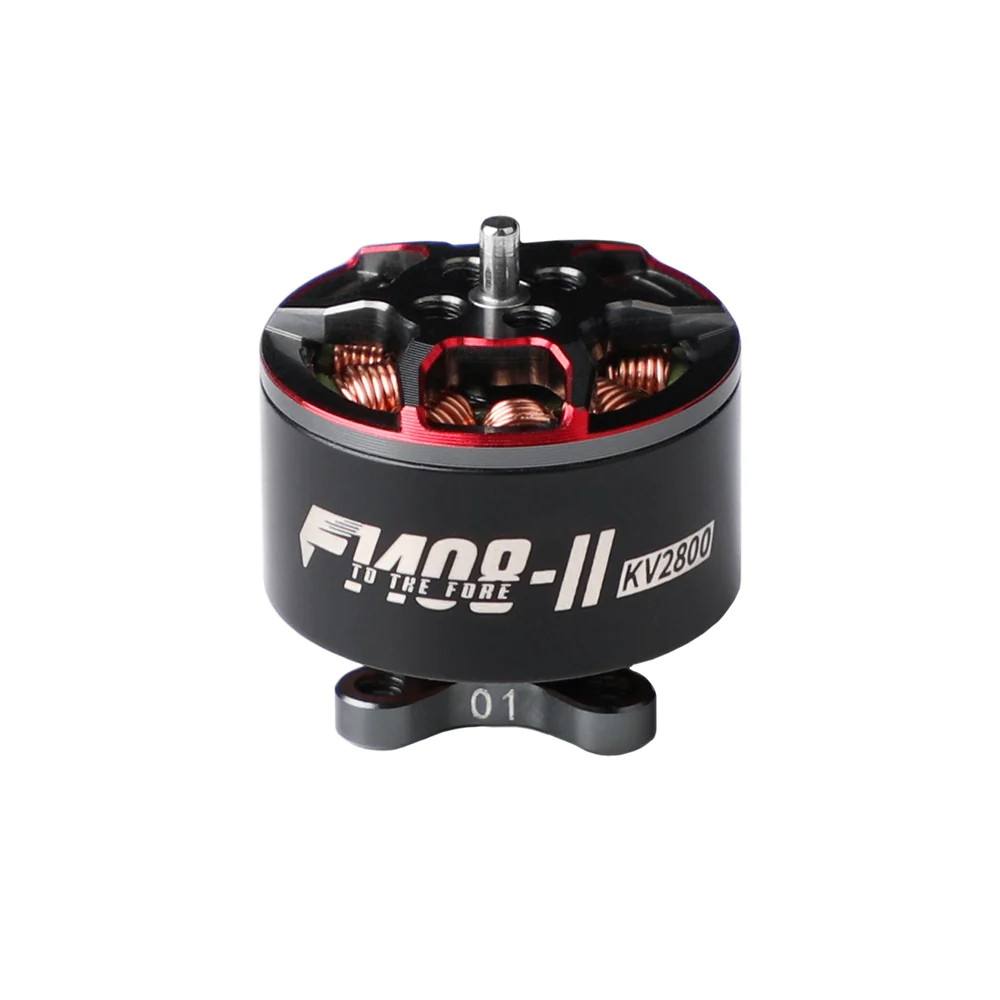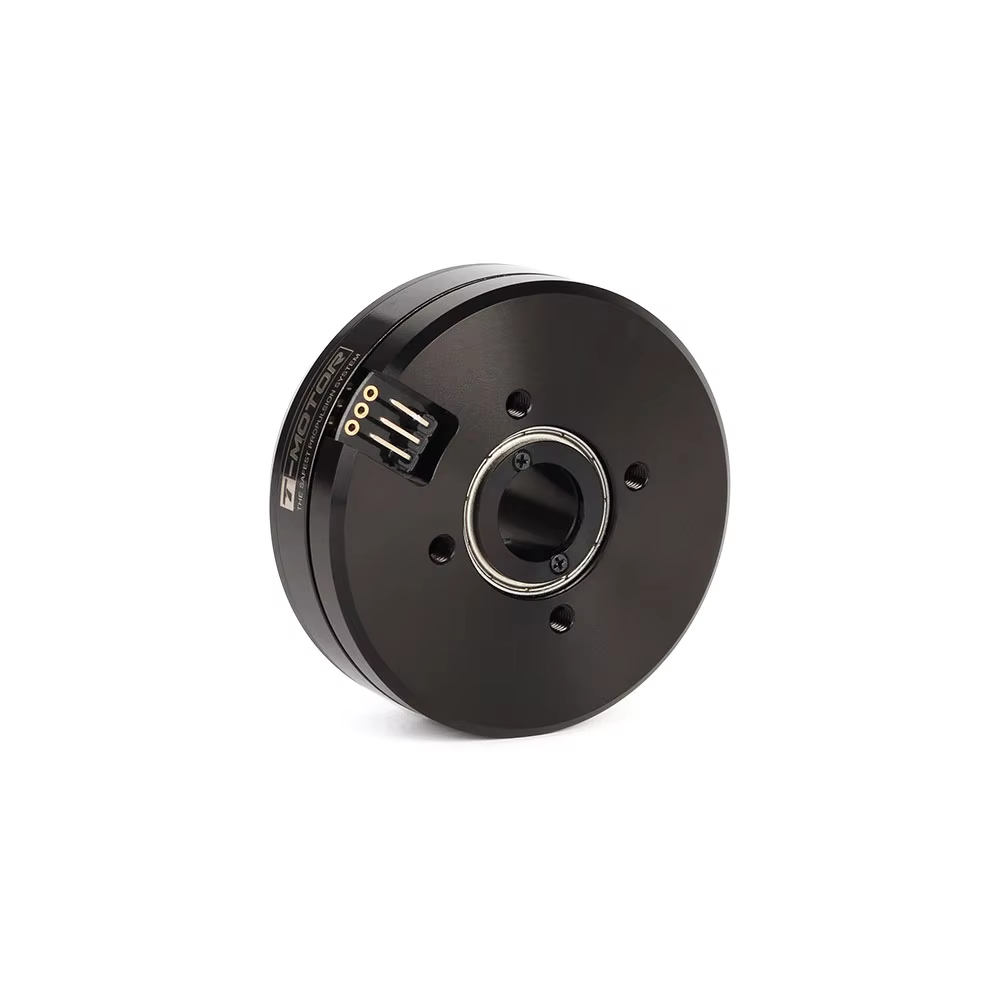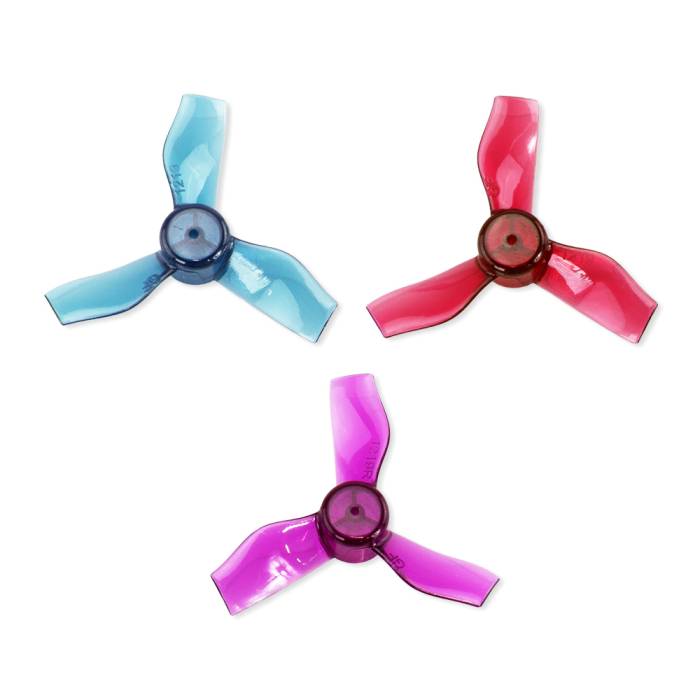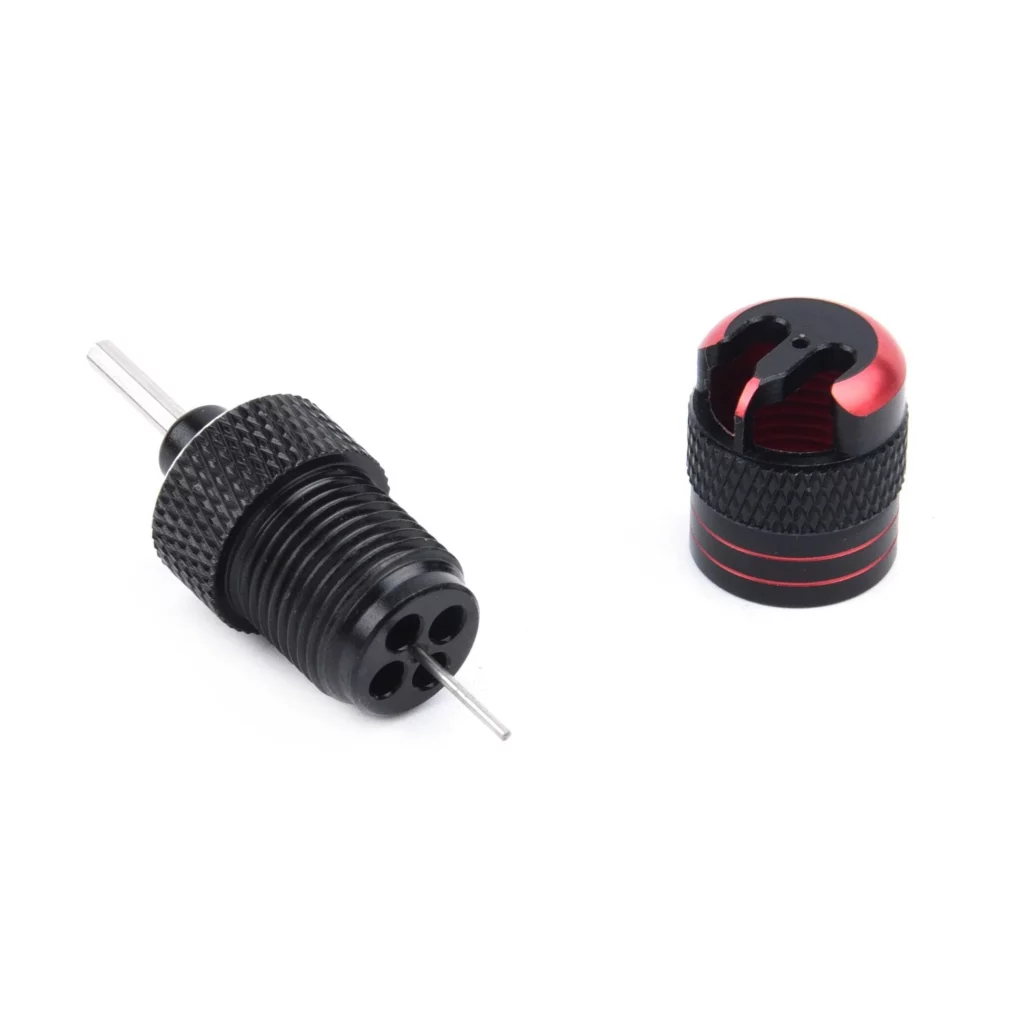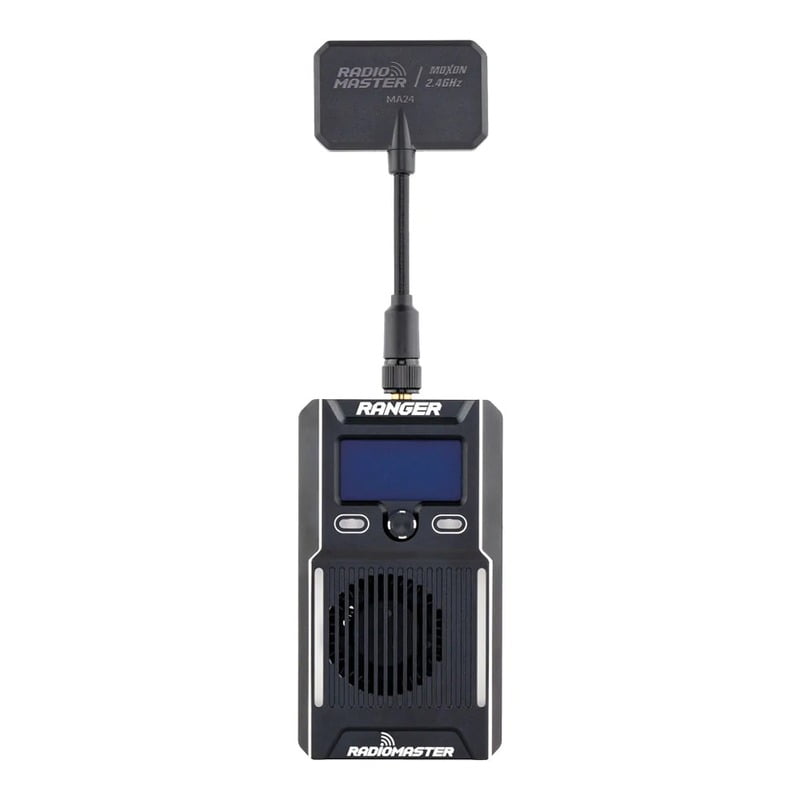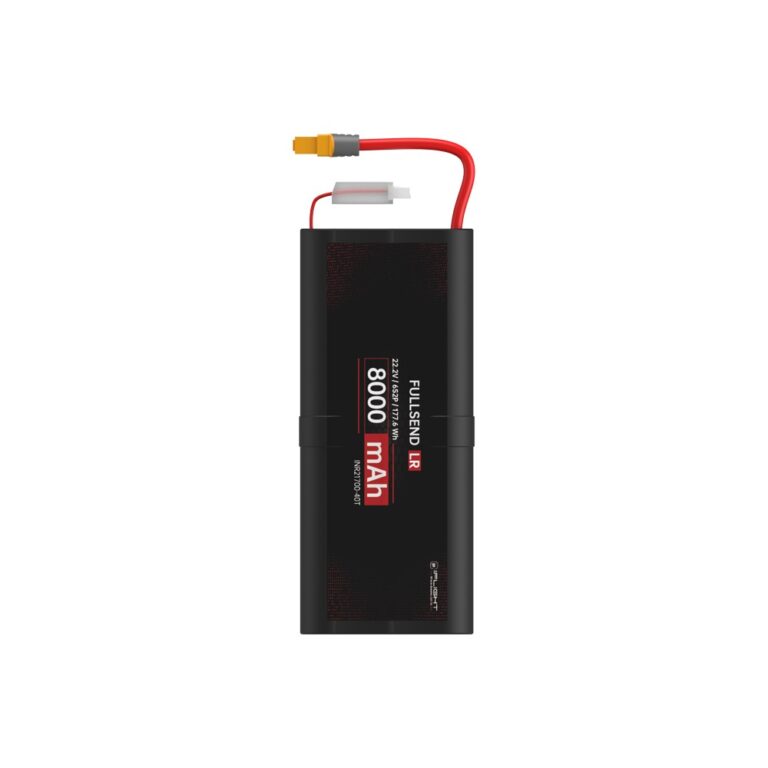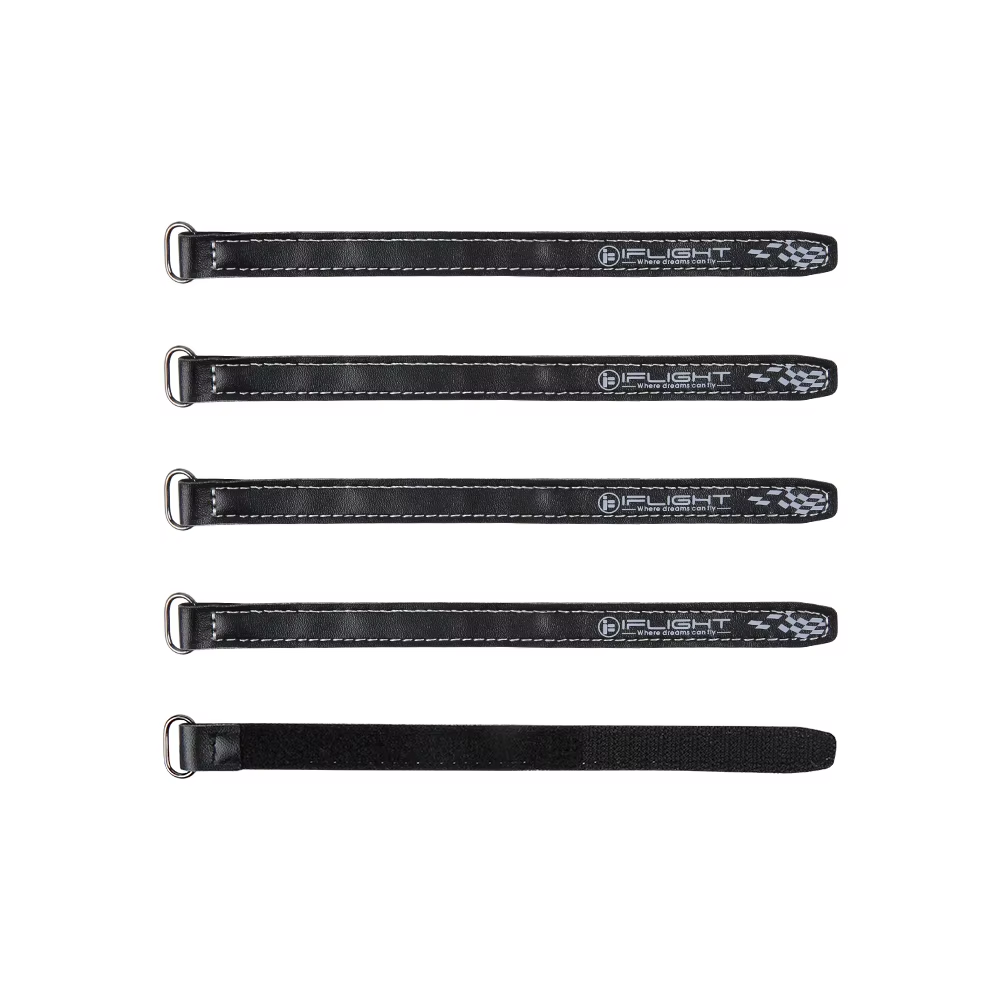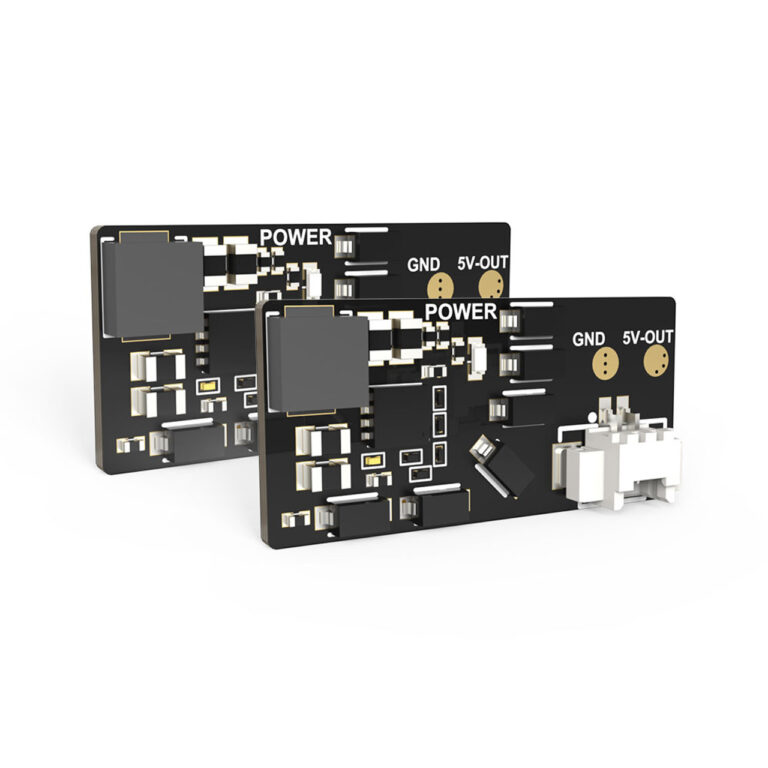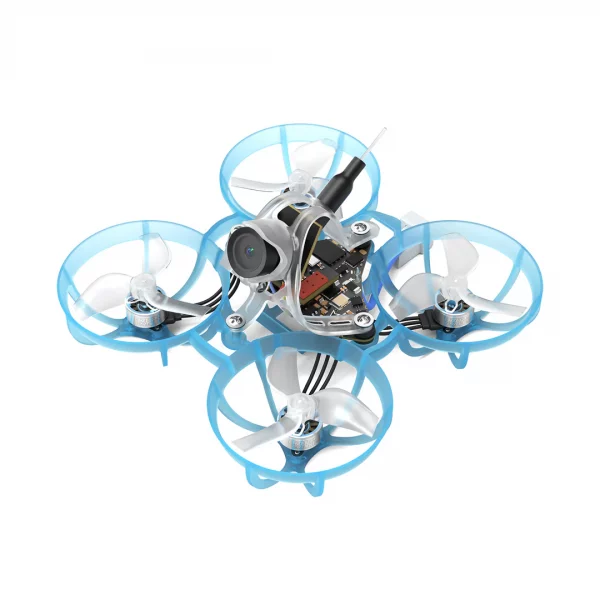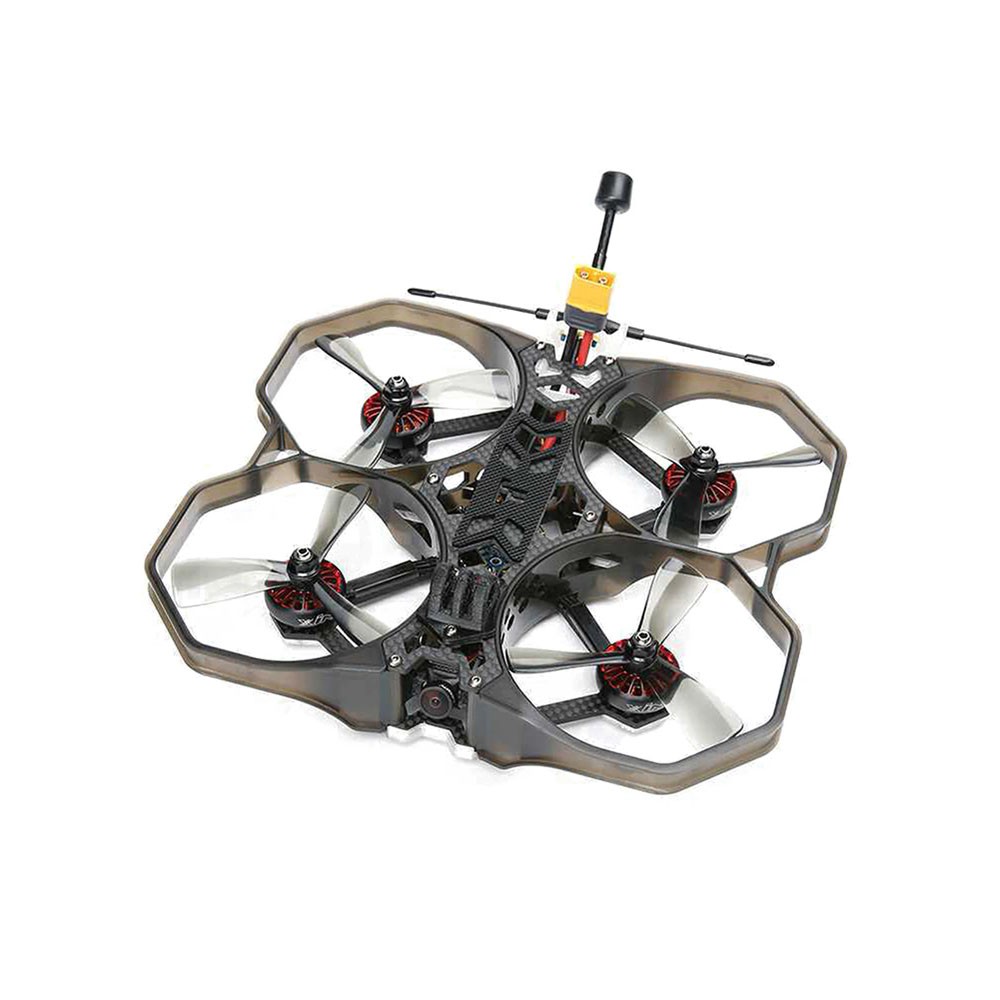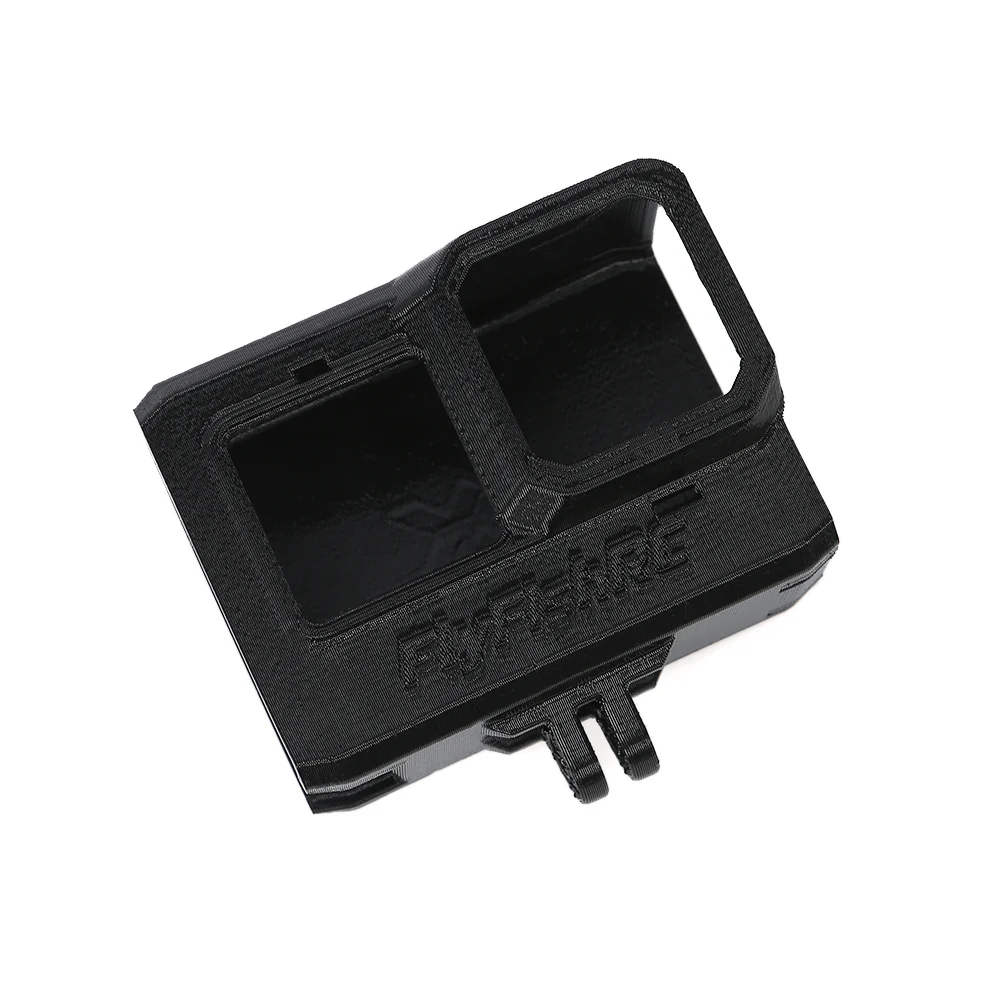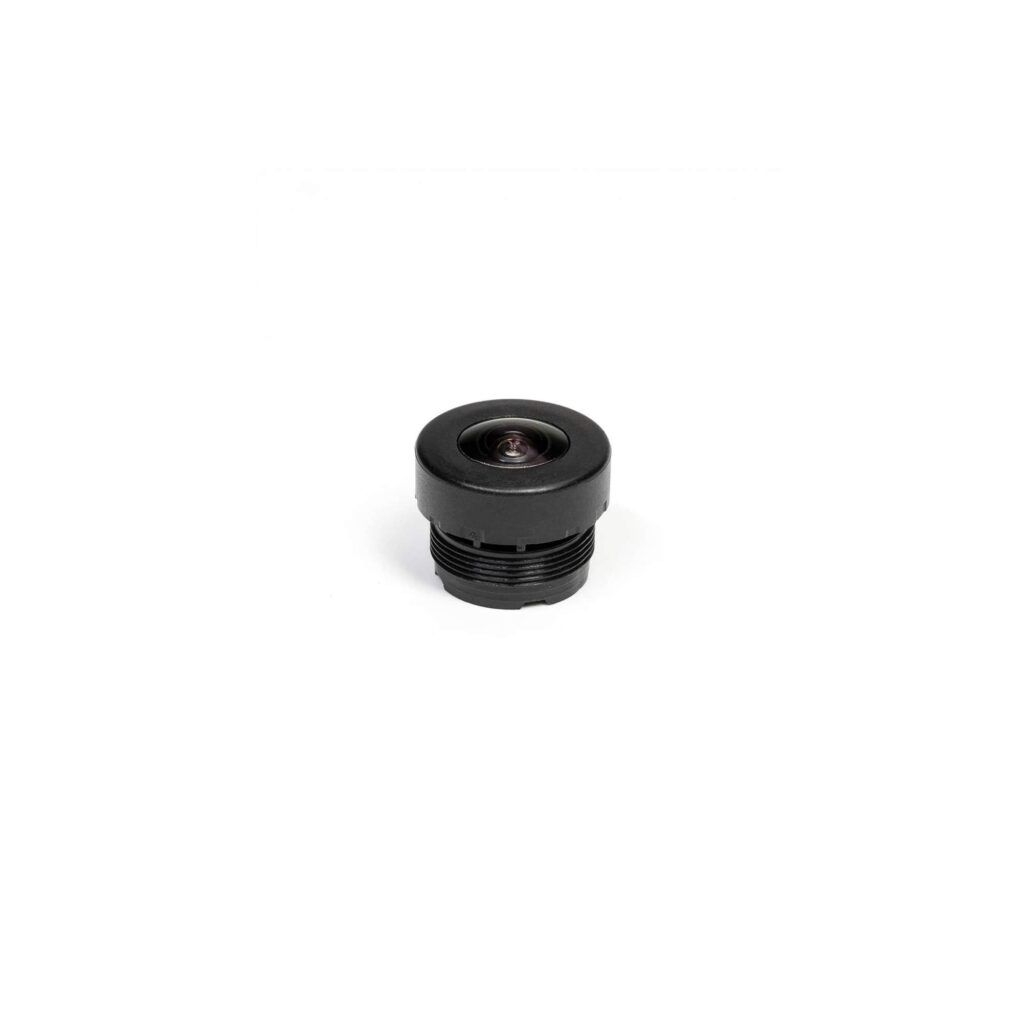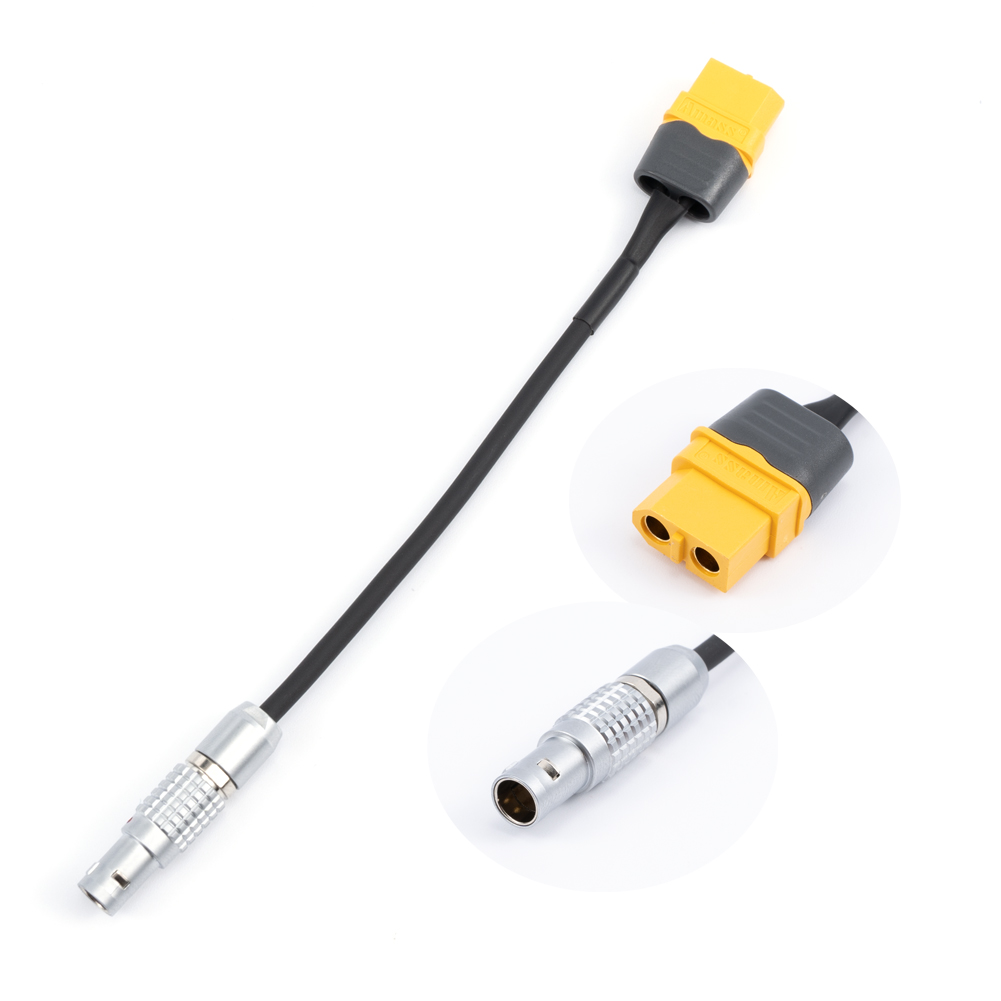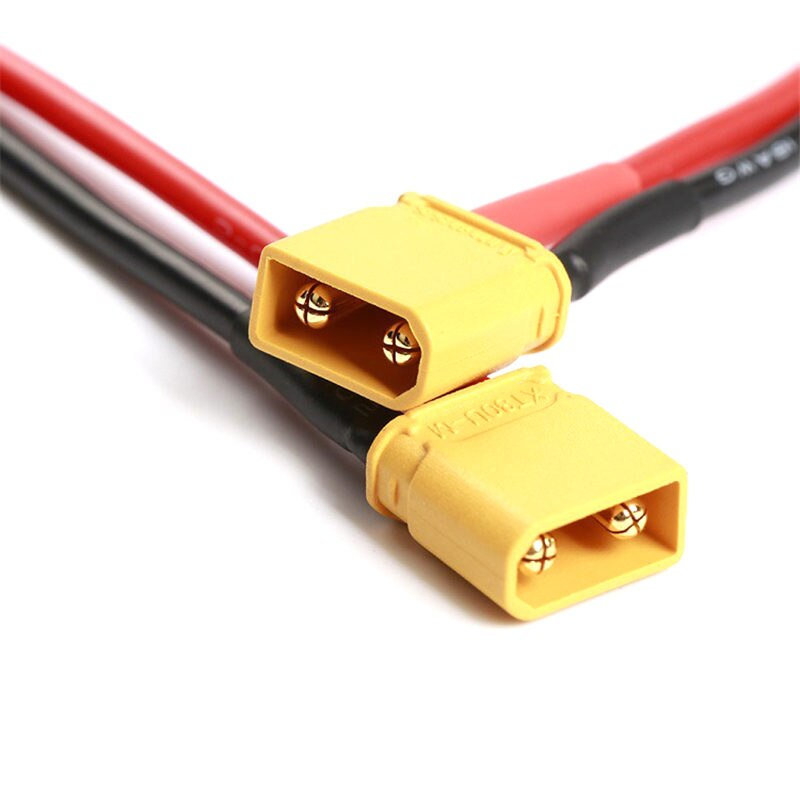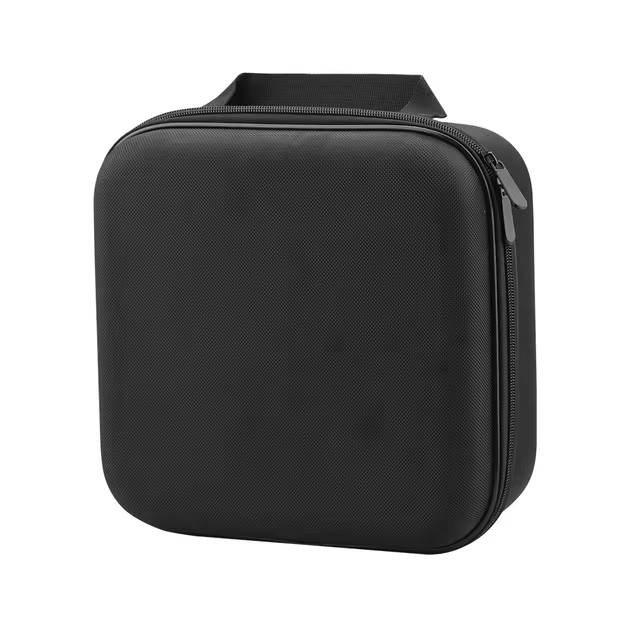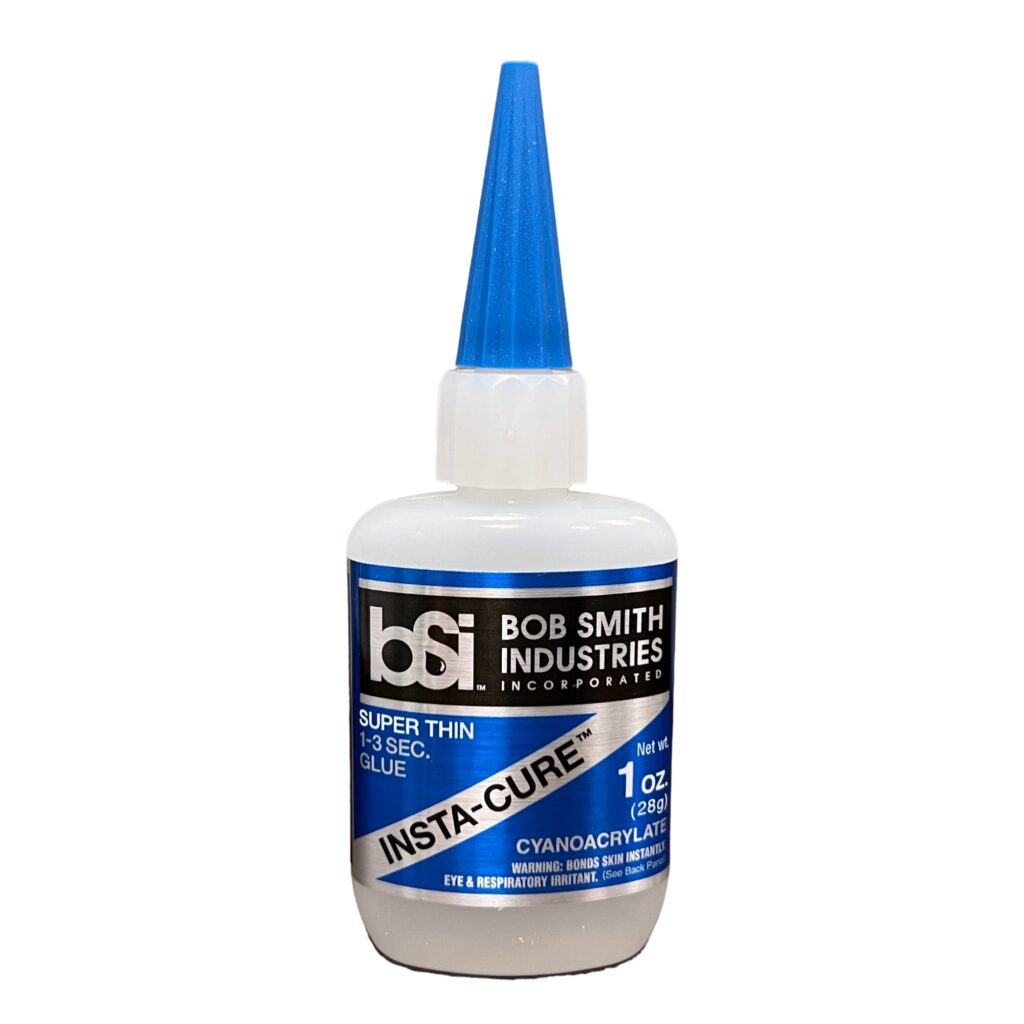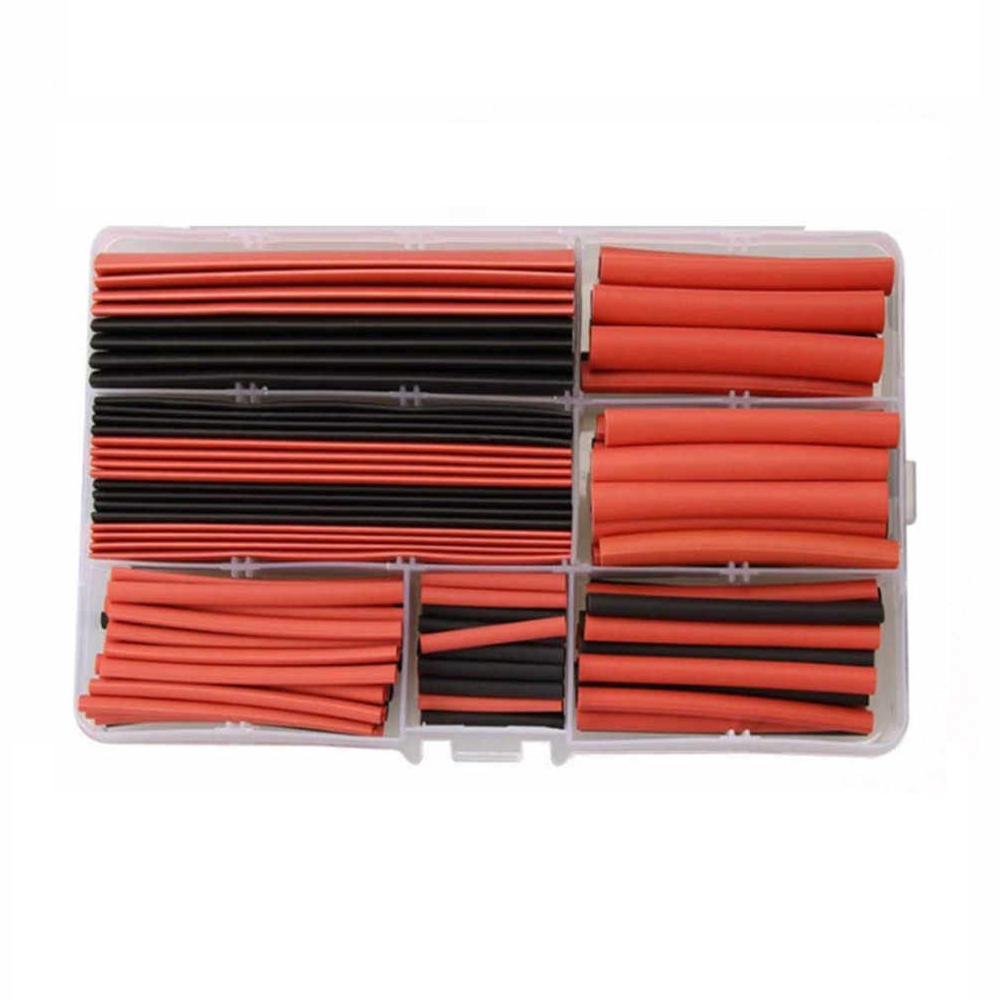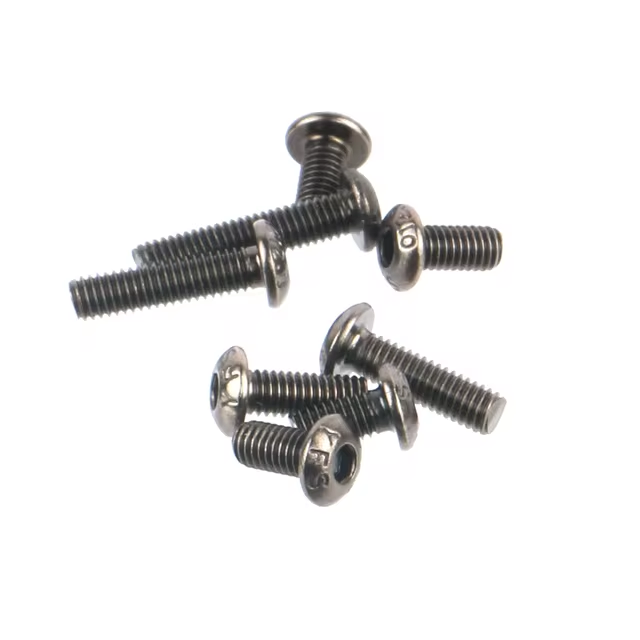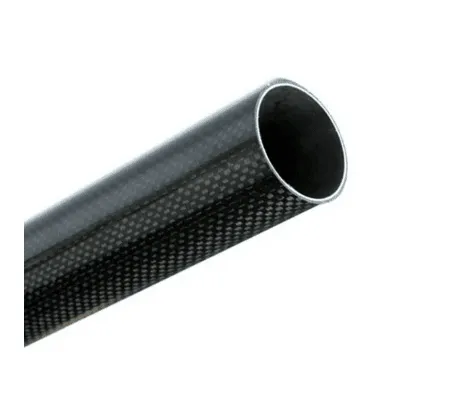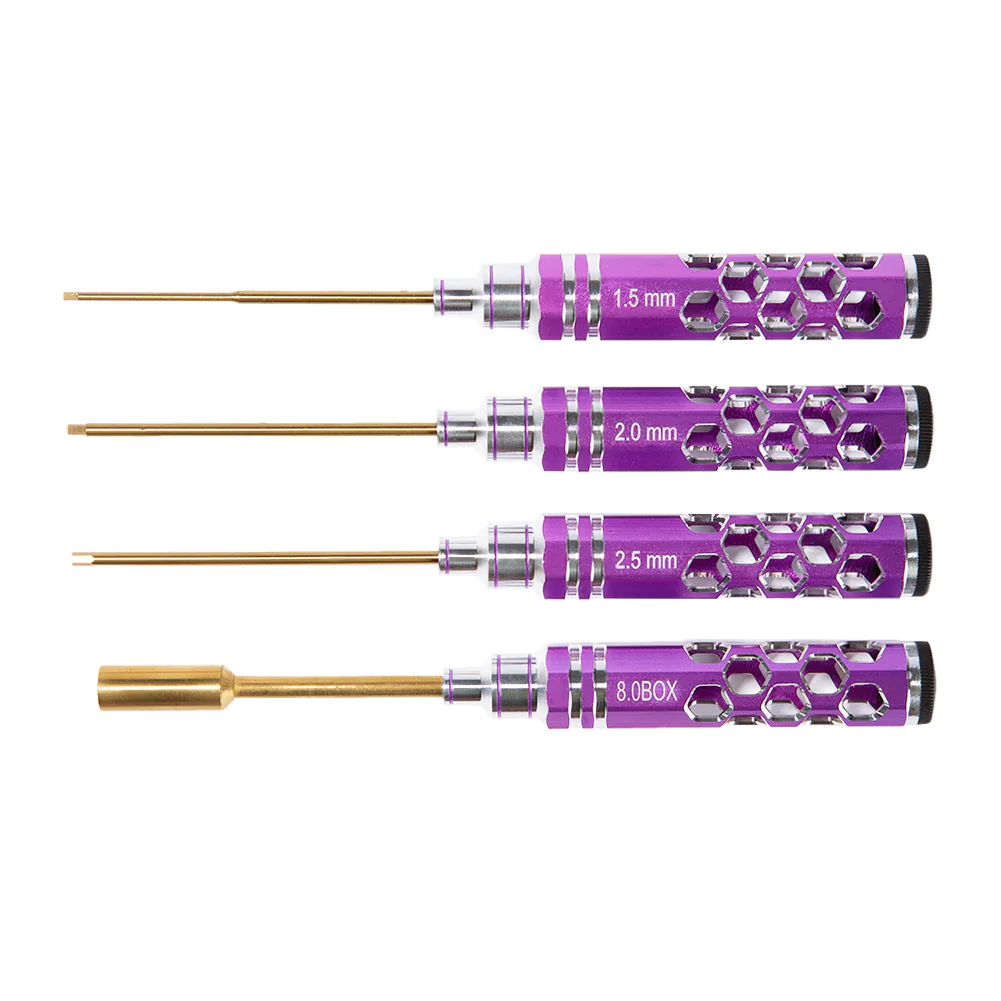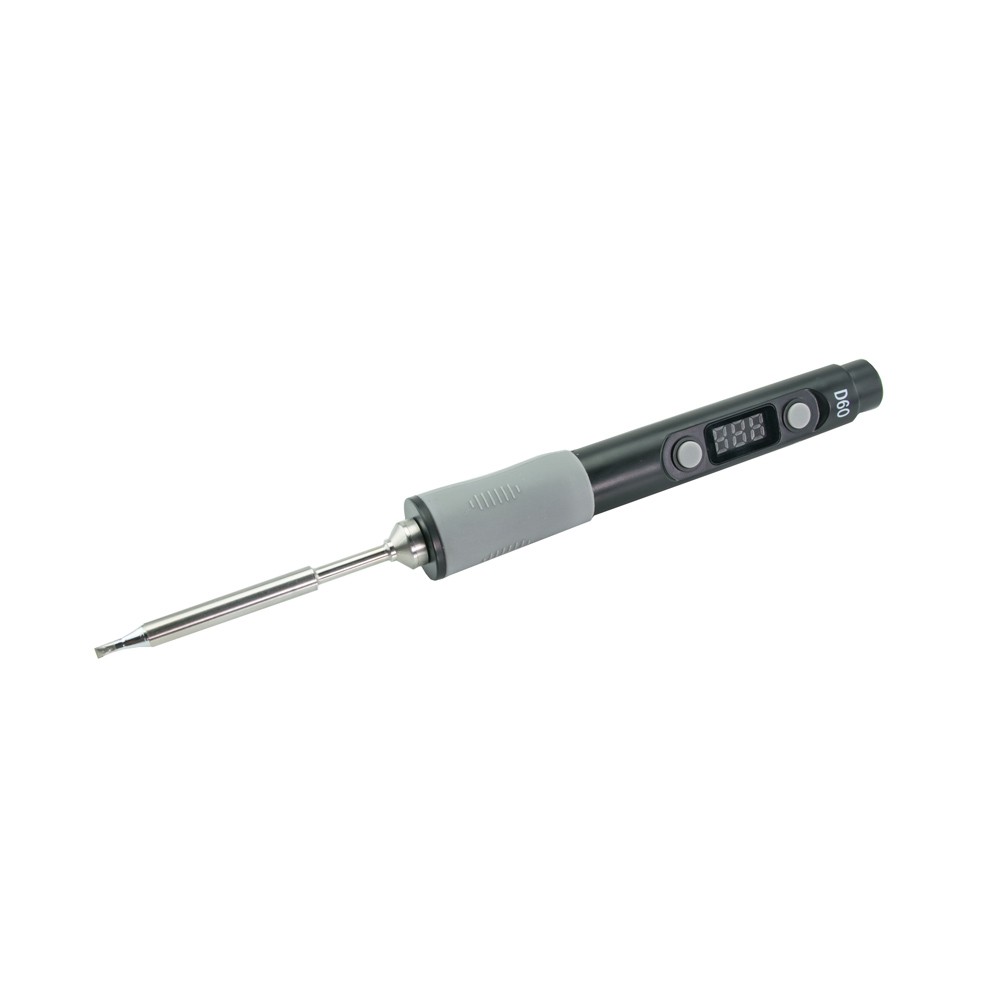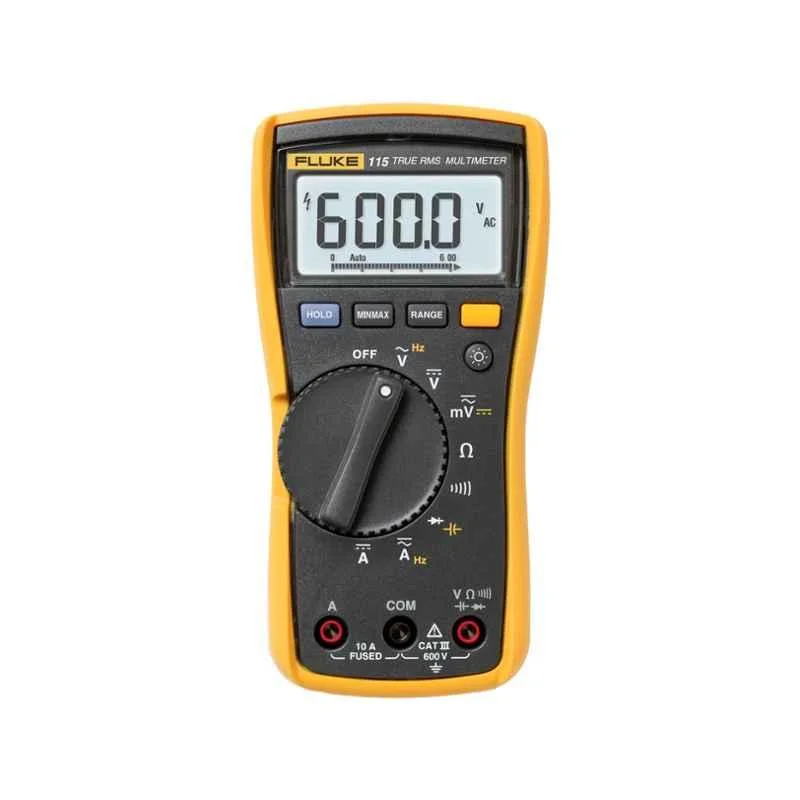Get Started into FPV Drones
Get Started into FPV Drones
A Beginner’s Guide to the World of First-Person View Flight
Are you ready to take to the skies and experience drones like never before? If you’re looking to dive into the thrilling world of FPV (First-Person View) drones, you’re in for a ride! Whether you’re an aspiring drone pilot or simply curious about FPV, this beginner’s guide will give you the knowledge you need to start flying confidently and safely.
What Are FPV Drones?
FPV drones are not your average drones. These high-tech flying machines allow you to view the flight in real-time from the pilot’s perspective, offering an immersive and exhilarating experience. Using a headset or goggles connected to the drone’s camera, you essentially “become” the drone, navigating through the air as if you’re in the cockpit. It’s a unique and exciting way to experience the world of drones.
Why Choose FPV Drones?
- Unmatched Flight Experience: Unlike traditional drones that offer a bird’s eye view, FPV drones put you right in the action, giving you the sensation of being airborne.
- More Control: FPV drones offer greater control and agility, making them ideal for racing and acrobatic maneuvers.
- Immersive Racing: FPV drone racing is an adrenaline-pumping sport that’s growing in popularity. With the right skills, you can race through challenging tracks, competing with others for speed and precision.
Getting Started with FPV Drones
Before you can start flying, there are a few essentials you’ll need to understand and some equipment to gather. Let’s break it down step by step:
1. Understanding FPV Drone Basics
- Drone Components: An FPV drone typically consists of the drone frame, motors, ESC (electronic speed controllers), flight controller, battery, camera, and transmitter.
- Goggles/Monitor: FPV goggles (or a screen/monitor) are essential for the immersive experience, displaying live video footage from the drone’s camera in real-time.
- Remote Controller: A quality remote controller with customizable settings is crucial for precise control during flight.
2. Choosing Your First FPV Drone
As a beginner, it’s important to select a drone that is beginner-friendly but still capable of offering that exciting FPV experience. Some key things to consider when choosing your first drone:
- Durability: Start with a drone that can withstand crashes as you’ll inevitably experience a few while learning.
- Price Range: FPV drones can range from affordable starter models to high-end racers. For beginners, go for an entry-level drone that balances quality and affordability.
- Ready-to-Fly vs. Build Your Own: You can opt for a ready-to-fly drone, which comes pre-assembled, or you can go the DIY route and build your own. Beginners are often better off starting with a ready-to-fly drone.
3. Learn the FPV Drone Terminology
Before flying, familiarize yourself with essential FPV terminology to ensure you can understand guides, tutorials, and community discussions.
- Pitch, Yaw, Roll: These are the axes your drone will move along. Pitch refers to tilting forward or backward, yaw to turning left or right, and roll to side-to-side tilting.
- FPV System: This includes the camera, VTX (video transmitter), and receiver. The VTX transmits video back to the goggles.
- Batteries: FPV drone batteries are critical for flight time. LiPo batteries are the most commonly used type, but they require careful handling due to their sensitivity.
4. Practice, Practice, Practice
Like any new skill, flying FPV takes time and practice. Start in an open area away from people, buildings, and trees. Begin by flying slowly to get a feel for the controls. Over time, you can increase your speed and learn more complex maneuvers.
Tip: Many FPV pilots recommend starting with a simulator to hone your skills before flying a real drone. Simulators can help you practice control movements, orientation, and reaction times without the risk of crashing.
5. Safety First
Flying FPV can be a lot of fun, but it’s also essential to prioritize safety at all times. Here are some safety tips to follow:
- Always fly in open spaces, away from crowds and restricted airspace.
- Wear safety goggles to protect your eyes when adjusting or handling the drone.
- Ensure your drone’s firmware is up to date for optimal performance.
- Respect local regulations and obtain any necessary permits or certifications.
6. Join the FPV Community
One of the best parts of getting into FPV drones is the community. Whether online or locally, there are countless forums, groups, and events where you can learn, ask questions, and connect with fellow drone enthusiasts.
- Social Media Groups: Facebook, Reddit, and other social platforms have thriving FPV communities that share advice, tips, and updates.
- Events and Races: Many areas host drone racing events and meetups. Participating in these events is a great way to improve your skills and meet fellow pilots.
What’s Next After You Master the Basics?
Once you’re comfortable with the basics, the fun really begins! You can:
- Dive into Racing: FPV drone racing is a competitive sport, with events held worldwide. Test your speed and skill against other pilots.
- Explore Cinematic Filming: Use your FPV drone to capture stunning video footage from angles you can’t get with traditional drones.
- Build and Customize: As you gain more experience, you can start building and customizing your own FPV drones for even better performance and unique features.
FPV drones offer a level of excitement and immersion that traditional drones simply can’t match. With the right equipment, practice, and dedication, you’ll soon be soaring through the skies, capturing breathtaking views, or even racing against other pilots. Whether you’re a hobbyist or someone looking to dive into competitive drone racing, the world of FPV flying is an adventure worth taking!
Are you ready to get started with FPV drones? Let the skies be your playground!



